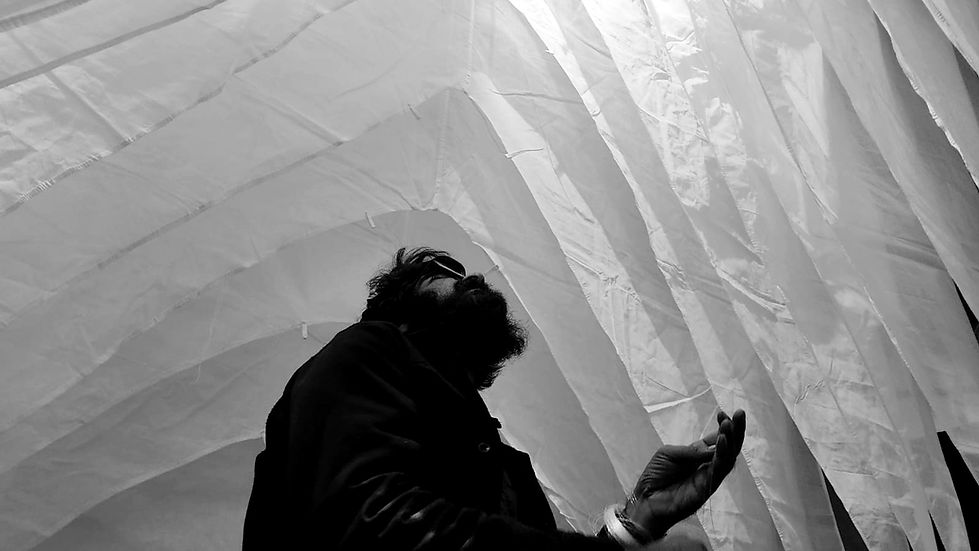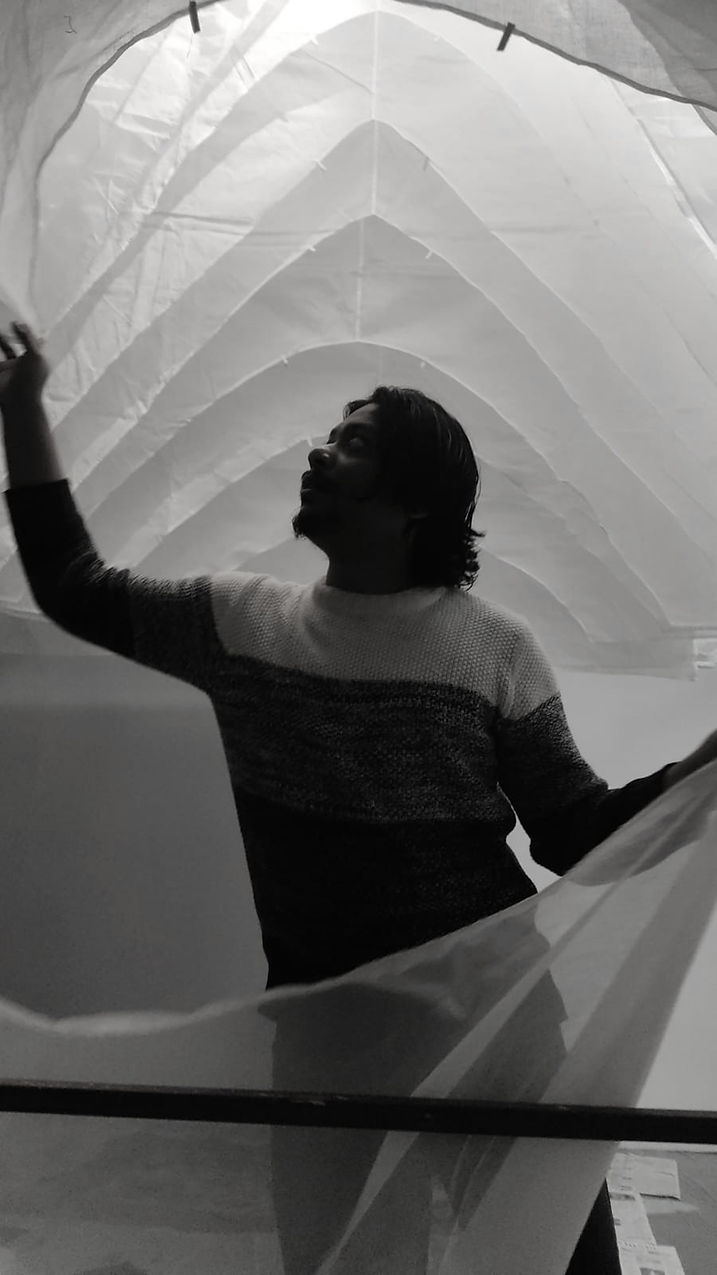A Flux in Ayodhya
Official Selection of
India Art Architecture & Design Biennale 2023
Jury: Ministry of Culture, Government of India
Typology – Installation / Public
Location – Red Fort, Delhi (India)
Status: Built, Installed and up for Exhibition until 15.03.2024
Architectural imagery, form, and typology have been instrumental in shaping cultures throughout history and geography. The Ram Janmabhoomi and Babri Masjid conundrum compels a profound philosophical exploration into identity and belonging through the lens of architecture, individual identity construction, and societal narratives. A community's physical and visual association with traditional architectural imagery undergoes continual fluctuations due to various political influences, prompting inquiries into how a space should be perceived versus how it is perceived in reality, prompting a morphing sense of identity, leading to a perception of foreignness within one's own situation due to a disassociation with a particular space. The presence and absence of both a temple and a mosque on the same land across different mythological and historical junctures provide a unique perspective on the community's aspirations for the space and its memory within the community.
This materializes in the form of a Pavilion driven by the notion of flux in perception as an indicator of foreignness. Pragmatic architectural iconographies of a temple and a mosque assume a crucial role, resembling a fluctuating interpretation of the Shikhara and Dome, layered in multiple cross-sectional slices. The pavilion conveys presence and absence with a sense of visual tension and experiential harmony, and becomes a tangible embodiment of the complex interplay between architecture, societal aspirations, and the enduring memories that shape collective identities.












